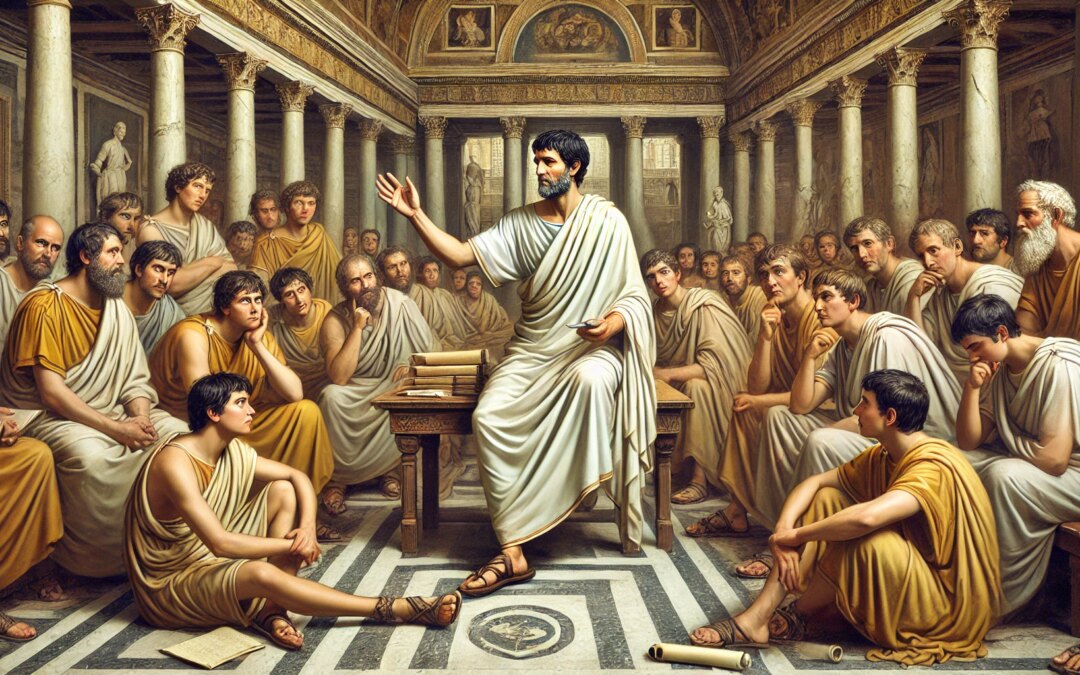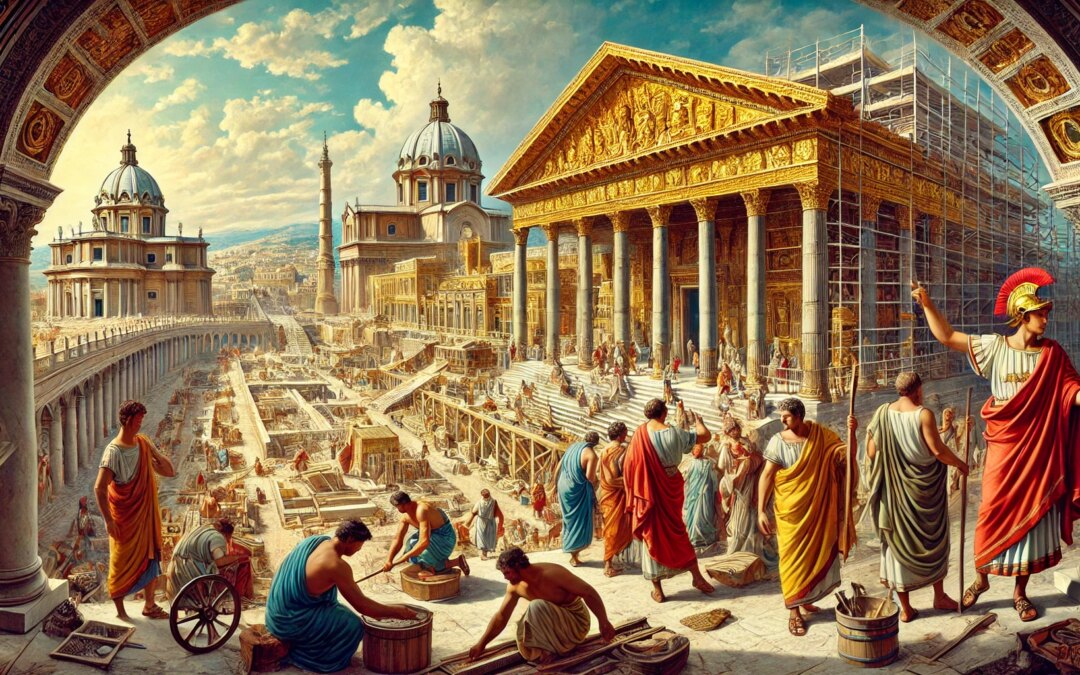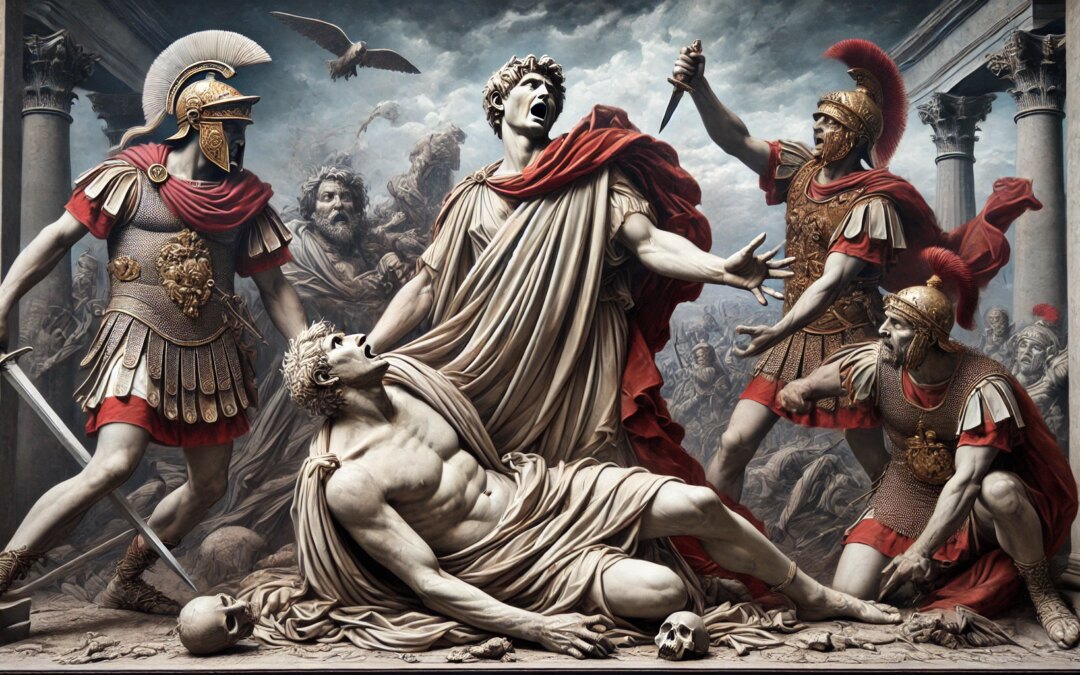In 58 AD, Roman general Gnaeus Domitius Corbulo led a brilliant campaign across Armenia, reasserting imperial dominance and shaping Rome’s eastern frontier through skill and diplomacy.


In 58 AD, Roman general Gnaeus Domitius Corbulo led a brilliant campaign across Armenia, reasserting imperial dominance and shaping Rome’s eastern frontier through skill and diplomacy.

In 64 AD, the Great Fire of Rome devastated the capital, and Emperor Nero’s role remains one of history’s most debated episodes. Was he a villain, visionary, or victim of legend?

Seneca the Younger shaped Stoic thought and Roman ethics under Nero’s rule, balancing philosophy, politics, and peril in a turbulent era.

After the Great Fire of Rome in 64 AD, Emperor Nero built the Domus Aurea, a lavish palace that symbolized his reign and sparked outrage.

In 59 AD, Emperor Nero orchestrated the murder of his mother, Agrippina the Younger, in a brutal act of betrayal that shocked Rome.

The dramatic end of Emperor Nero in 68 CE marked the collapse of the Julio-Claudian dynasty and plunged Rome into chaos.